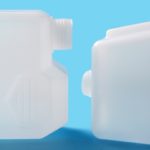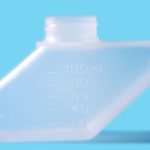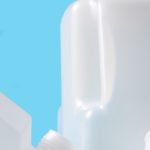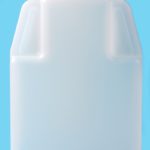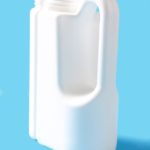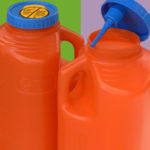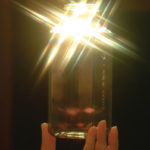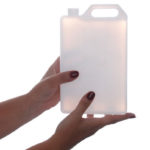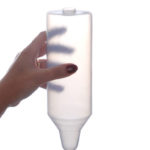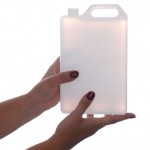

What’s the Big Deal About a Container?
What’s the big deal, you may ask? A container is a container. How hard can this be? Why do we need to work with a high-end engineering company with ISO certification and a bunch of overachieving engineers to get a blow molded bottle? Why not just send our specs to China and save loads of money?
Great questions. The basic answer is, because the goal of blow molding is not just to make the container. It’s to make the container as readily manufacturable as possible. Any container can be made a lot of different ways. Our engineering degrees, quality certification, and ability to speak, read and write English allow us to optimize the blow molding process at minimal cost. The hard (fun) part – the art of blow molding – is finding that optimal process for your specific application.
We begin by learning about your requirements. You may need a certain type of material. You certainly have size and design specifications. Functional requirements. We take all those into account and begin to design a blow molding process that gets you what you need reliably, every time.



